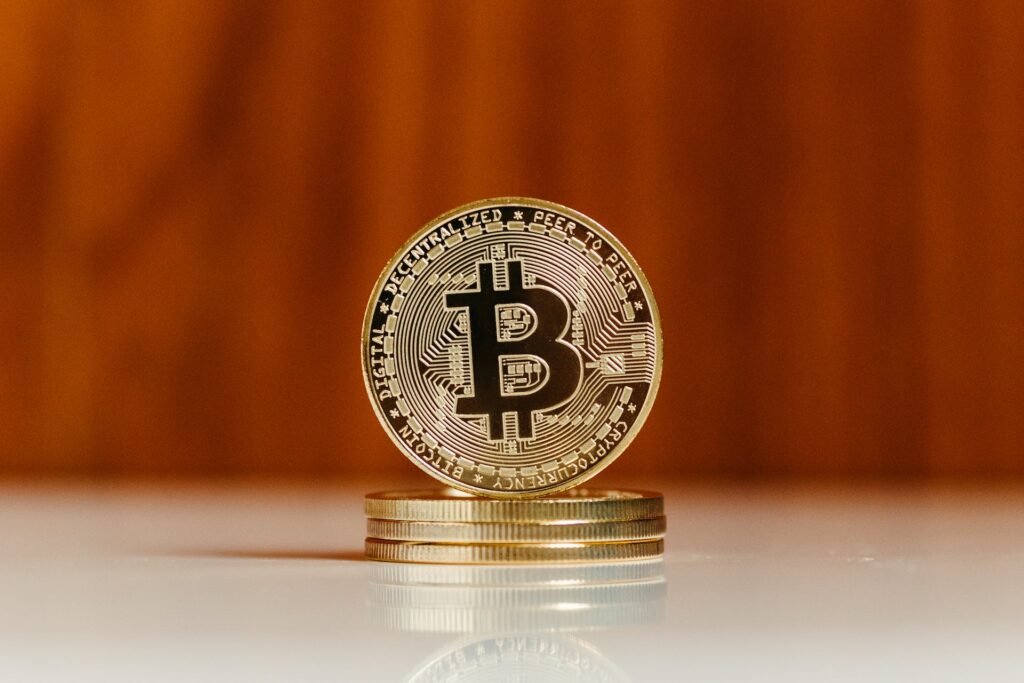Welcome to the world of digital currencies or crypto currencies. It is a revolutionary digital frontier that has transformed the way we think about money and transactions. In this comprehensive guide, we will explore the fundamental concepts, the technology behind cryptocurrencies, how to invest wisely, and the future implications of this decentralized financial ecosystem.
What is a Digital Currency?
Digital Currency is crypto or virtual currencies that use cryptography for security. Unlike traditional currencies issued by governments and central banks it operates on decentralized networks which are typically based on blockchain technology.
Blockchain is the underlying technology that powers digital currencies. It is a decentralized and distributed ledger that records all transactions across a network of computers. Understanding the blockchain is crucial for grasping the security and transparency aspects of cryptocurrencies.
What are the Popular Crypto Currencies?
1. Bitcoin (BTC)
Bitcoin was created by an anonymous person or group known as Satoshi Nakamoto. It is the first and most well-known digital currency on the internet.
Altcoin refers to any alternative digital currency to Bitcoin. Other prominent cryptocurrencies such as Ethereum (ETH), Ripple (XRP), Litecoin (LTC), and more. Each has unique features and use cases beyond being a digital currency.
2. Ethereum (ETH)
Ethereum is a decentralized platform that enables the creation and execution of smart contracts and decentralized applications (DApps). It introduced the concept of a blockchain with a built-in programming language which allows developers to build and deploy applications on its network.
3. Ripple (XRP)
Ripple is both a platform and a currency. XRP, the native crypto currency, is designed for fast and cost-efficient international money transfers. Ripple’s network aims to facilitate cross-border payments between financial institutions with reduced transaction times and fees.
4. Litecoin (LTC)
It was developed by Charlie Lee who was a former Google engineer. Litecoin is often referred to as the “silver to Bitcoin’s gold.” It shares many similarities with Bitcoin but has a faster block generation time and uses a different hashing algorithm. Litecoin is often used for smaller transactions.
5. Cardano (ADA)
Cardano is a blockchain platform that aims to provide a more secure and sustainable infrastructure for the development of decentralized applications and smart contracts. It emphasizes on scalability, sustainability, and interoperability, and it’s designed with a focus on academic research and peer-reviewed development.
How Digital Currencies Work?
1. Mining and Consensus Mechanisms
Mining is the process by which transactions are verified and added to the blockchain. It plays a crucial role in the security and integrity of a cryptocurrency network. Here’s how it crypto currency mining generally works:
- Transaction Verification:
- First of all, when a user initiates a cryptocurrency transaction, it is broadcasted to the network. Miners collect and validate these transactions to ensure that they are legitimate and meet the network’s rules.
- Block Formation:
- Secondly, valid transactions are grouped together into a block. Miners compete to solve a complex mathematical problem associated with the block. The first miner to solve it gets the right to add the block to the blockchain.
- Proof of Work (PoW):
- Bitcoin and many other cryptocurrencies use Proof of Work as their consensus mechanism. Miners must demonstrate computational effort (proof of solving the mathematical problem) to create a new block.
Consensus mechanisms are protocols that achieve agreement on a single data value or a state of the network among distributed processes or multi-agent systems. Different cryptocurrencies use various consensus mechanisms such as Proof of Stake (PoS), Delegated Proof of Stake (DPoS), Proof of Authority (PoA), Proof of Burn (PoB) and Proof of Space (PoSpace) and Proof of Time (PoT).
2. Wallets and Addresses
A cryptocurrency wallet is a digital tool that allows users to store, receive, and send cryptocurrencies. There are several types of wallets, each with its own level of security and accessibility. Some of them include Hardware Wallets, Software Wallets and Paper Wallets.
A cryptocurrency address is a string of alphanumeric characters associated with a wallet. It serves as the destination for receiving funds and as a reference point for transactions. Here is how the crypto address works:
- Public Address:
- Visible to everyone and used to receive funds. It’s like sharing your email address for receiving emails.
- Private Key:
- Known only to the wallet owner, it is used to sign transactions and access the funds associated with the public address. It’s crucial to keep the private key secure.
- Generating Addresses:
- Wallets use cryptographic algorithms to generate pairs of public and private keys.
- The public address is derived from the corresponding public key.
Future Trends and Developments in Crypto Currencies
The future of digital currencies is likely to witness continued growth in DeFi and NFTs. Crypto currency space is dynamic and various trends and developments are continuously evolving. As the industry evolves, staying informed about the latest developments is crucial for understanding these dynamic trends.
Two prominent areas of focus for the future of cryptocurrencies are DeFi (Decentralized Finance) and NFTs (Non-Fungible Tokens).
DeFi has gained significant traction as it offers decentralized alternatives to traditional financial services such as lending, borrowing, and trading. Future trends include:
- Diverse Financial Instruments: The creation of more decentralized financial instruments beyond lending and borrowing, such as decentralized insurance, prediction markets, and derivatives.
- Interoperability: Increased interoperability between different DeFi platforms, allowing users to seamlessly move assets and liquidity across various protocols.
NFTs have transcended art and collectibles and their use cases are expected to diversify in the following fields in next couple of years.
- Gaming and Virtual Real Estate: Increased use of NFTs in the gaming industry for in-game assets, virtual real estate, and unique gaming experiences.
- Media and Entertainment: NFTs are being used in the media and entertainment industry for tokenizing intellectual property, music royalties, and virtual events.
Conclusion
In this article we have shown you the fundamental workings of blockchain technology, mining, consensus mechanisms, and the essential role of wallets. We Also explored popular crypto currencies such as bitcoin and altcoins. The future of cryptocurrencies promises exciting developments, particularly in the realms of Decentralized Finance (DeFi) and Non-Fungible Tokens (NFTs).
As the crypto landscape continues to redefine finance and ownership, staying informed about these trends will be key to navigating the dynamic and innovative world of digital currencies.
Photo by Jonathan Borba



